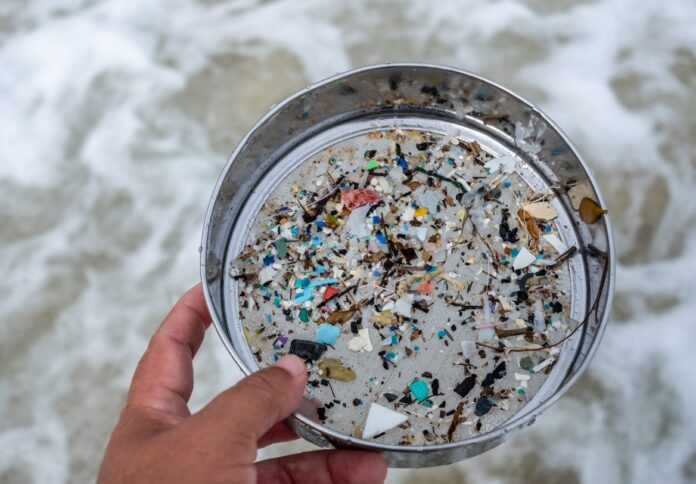
CST Wastewater Solutions, an engineering service provider in municipal and industrial wastewater technology across Australia and New Zealand, is urging wastewater plant operators to prioritise inlet screen inspections to address emerging challenges and maintain optimal performance.
Michael Bambridge, managing director of CST Wastewater Solutions, emphasised that inlet screens play a critical role as the first line of defence in wastewater treatment.
These screens handle the dirtiest and most demanding tasks, making them essential for preventing environmental spills and performance degradation.
“Good pre-screening processes provide the first opportunity to safeguard against issues like climate change impacts and plastic waste ingestion,” said Bambridge.
He highlighted how robust screening can prevent blockages and spillages that may otherwise compromise operations and the environment.
CST Wastewater Solutions, with over three decades of industry experience, has introduced advanced screening technologies, including ultra-fine screens with mesh sizes as small as 0.02mm.
These innovations aim to stop problems before they escalate. Bambridge noted that issues with imported wastewater treatment plants—chosen for their low upfront costs—are becoming increasingly apparent.
These systems often lead to higher long-term costs due to poor performance and potential failures.
“For example, we recently had to totally replace, after just five years’ service, a rusted-out, poorly protected steel set of screens for a municipality servicing tens and thousands of people and businesses. These were replaced with locally manufactured fit-for-purpose stainless steel screens that typically last at least three times longer and do a finer screening job,” Bambridge shared.
The company’s shift to locally produced stainless steel screens ensures compliance with Australasian engineering standards and addresses variable flow rates caused by climate change.
CST’s advanced technologies also target microplastics, filtering out particles as small as 0.02mm, to protect both the wastewater treatment process and the environment.
Bambridge underscored the risks of relying on imported solutions that are not tailored to local conditions.
These systems can lead to costly breakdowns and environmental compliance issues, especially for smaller municipalities and industrial users lacking specialised engineering resources.
“Wastewater treatment – both municipal and industrial – can never be one-size-fits-all, which it may be in the case of imported standards solution designed on the other side of the world for conditions there,” said Bambridge.
Bambridge also warned against neglecting inlet screen maintenance. While screens may appear functional to an untrained eye, a lack of regular inspections can result in expensive problems.
Risk management and environmental responsibility, he noted, are crucial considerations for operators.
“They know production stoppages are costly, and environmental spills can affect their statutory licence to operate. But we still do see poorly maintained plants causing issues for the operator, reasonably often,” he concluded.




















